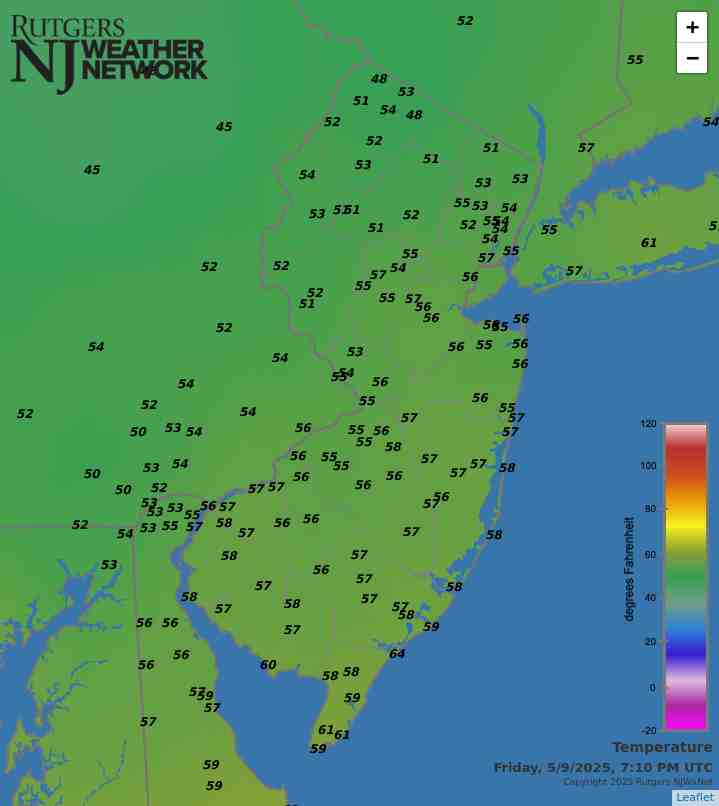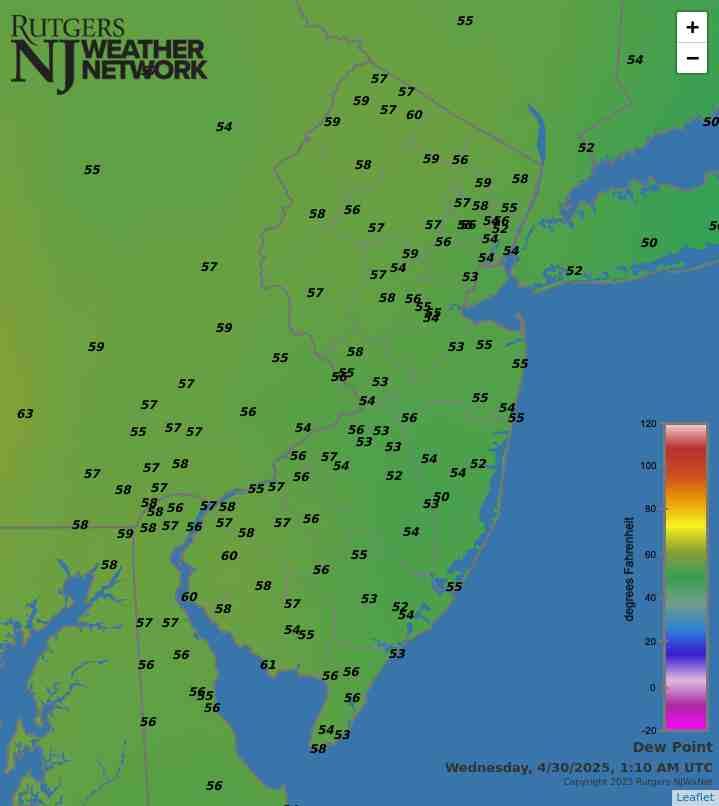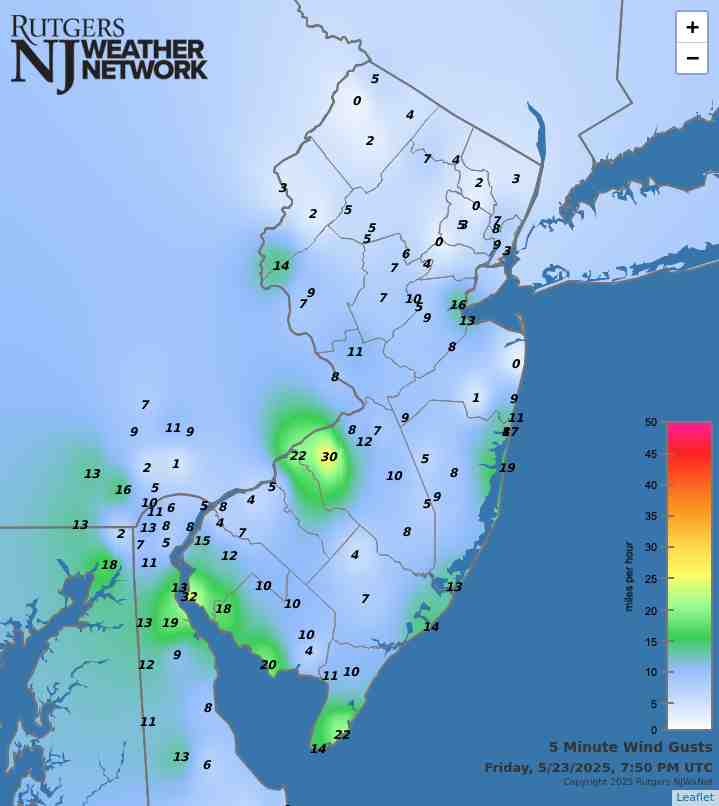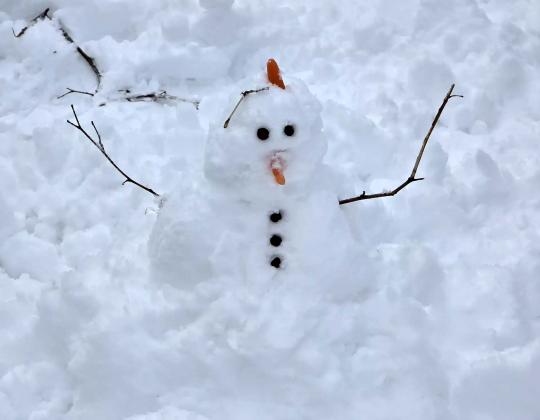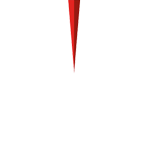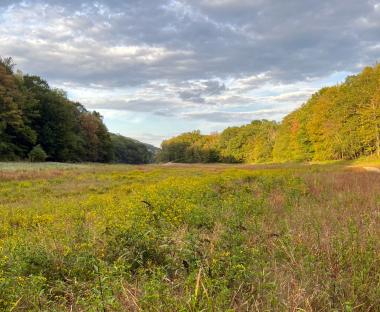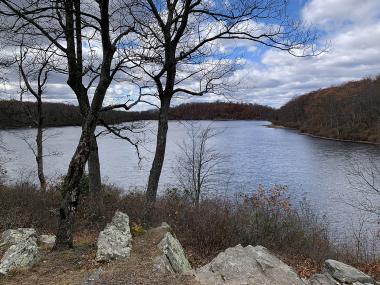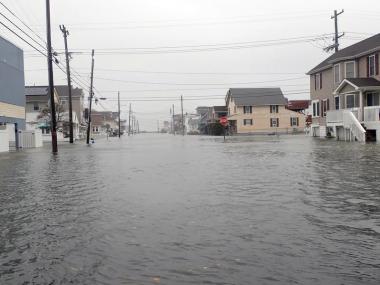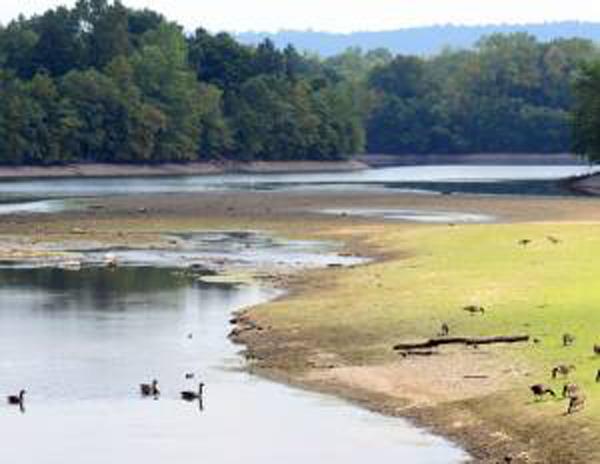New Jersey Smart Lawn Watering Initiative: Conserving Water Starts With You!

About 70% of the fresh water used around the world is devoted to irrigation, and a similar figure holds true with respect to New Jersey’s water use. Much of this in New Jersey is put towards lawn watering. It is apparent to anyone paying attention to the frequency and timing of when lawns are watered that, just as research suggests, many New Jersey homeowners are over-irrigating their lawns. This wastes precious water that could be conserved wisely by employing more efficient irrigation methods. This article outlines a simple way that you can participate in our New Jersey Smart Lawn Watering Initiative without investing in new sprinkler equipment or devoting large amounts of time to lawn management. By following the instructions discussed below, you can save water and money, while keeping your lawn green and beautiful.


